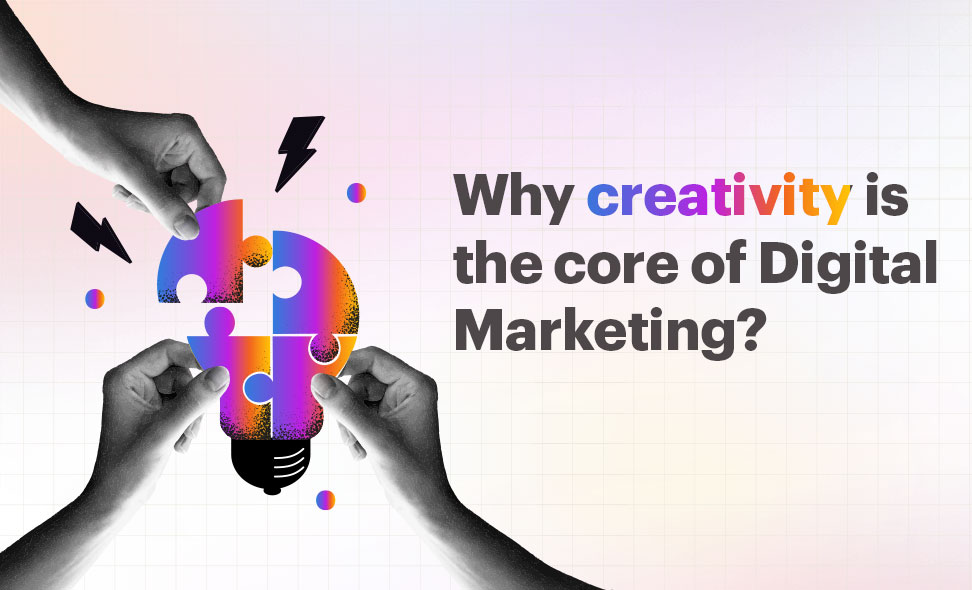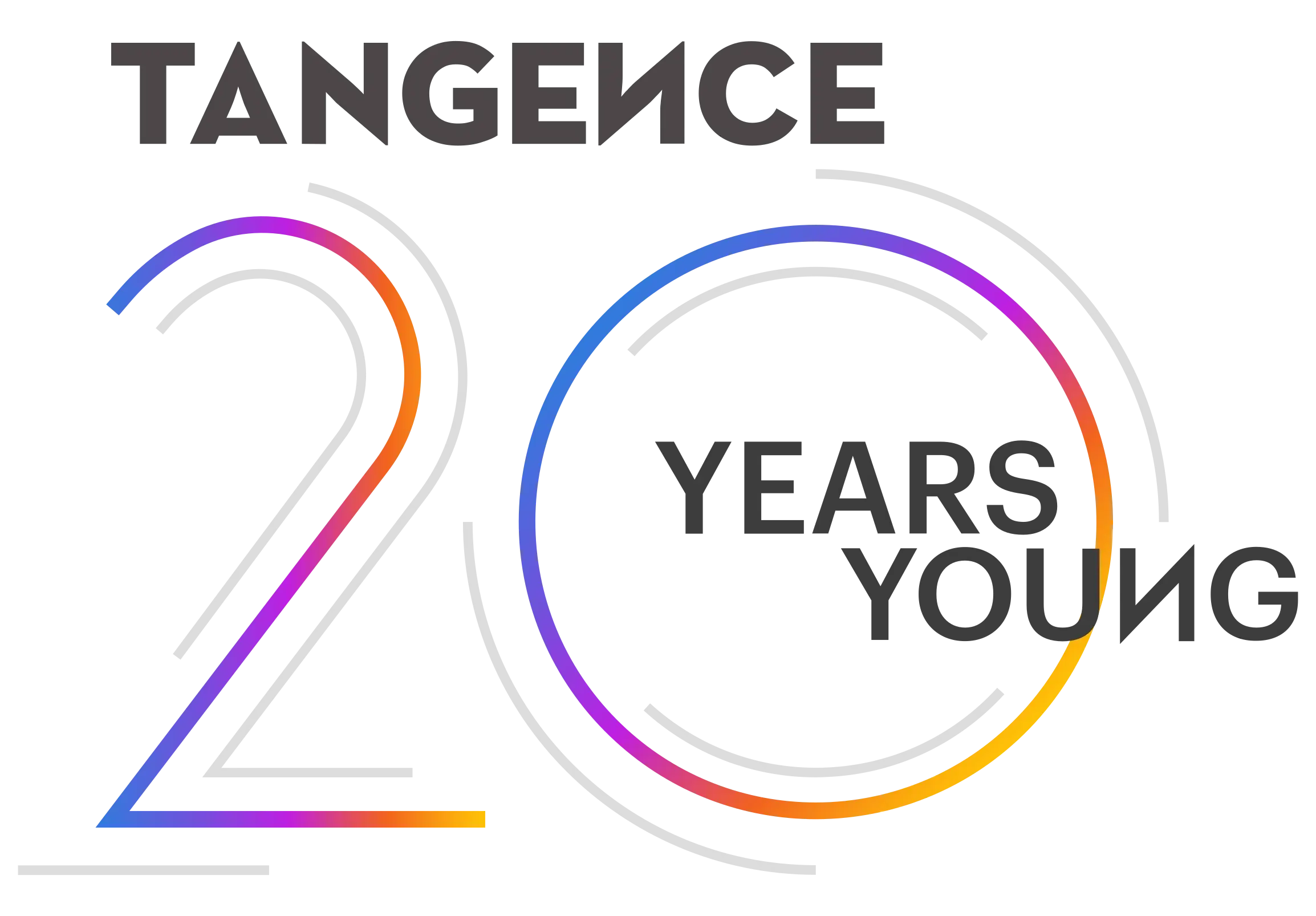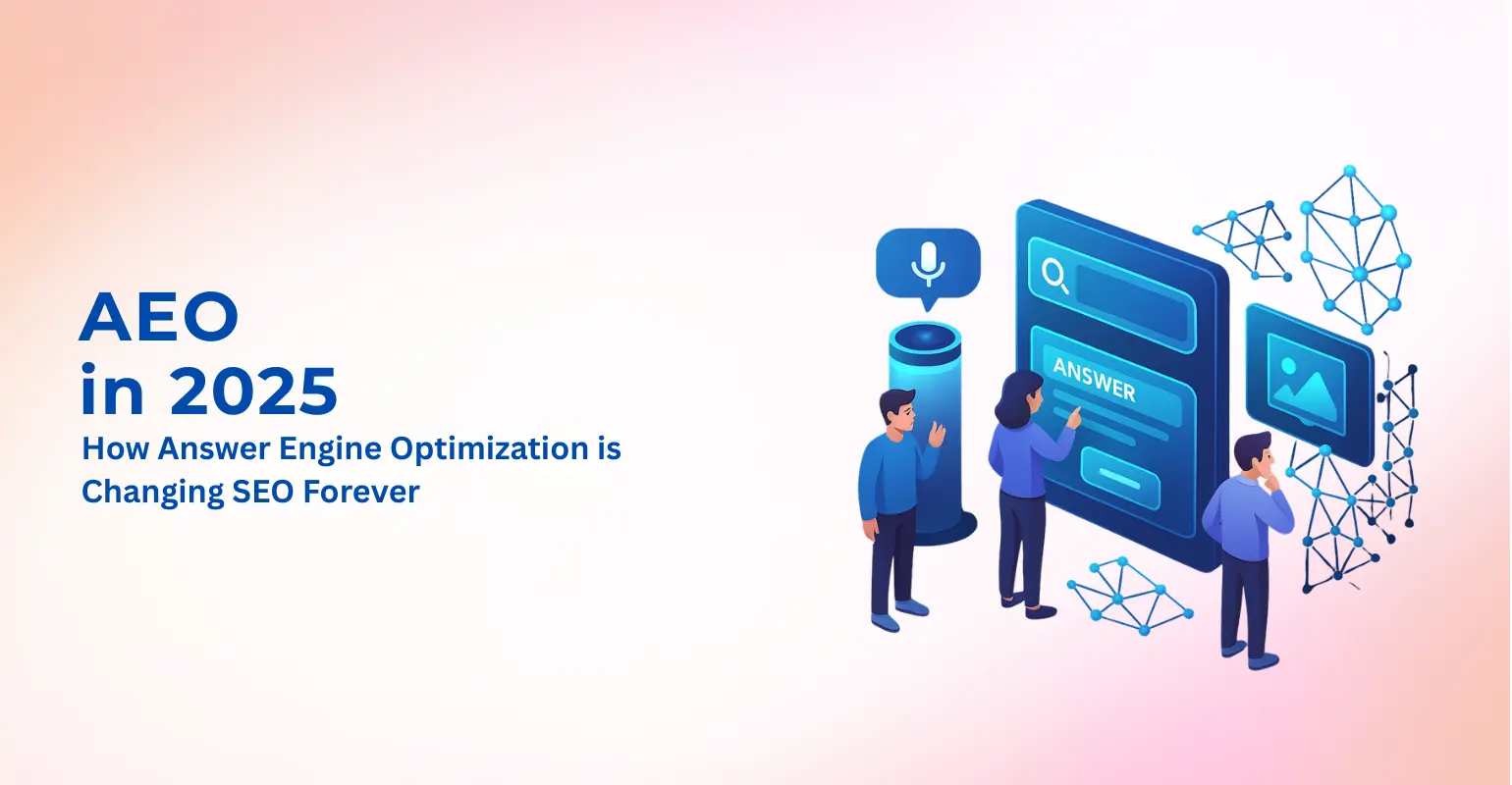blog
Why creativity is the core of Digital Marketing?

In the whirlwind world of digital marketing, creativity isn’t just a luxury; it’s the lifeblood that powers every successful campaign and idea. Imagine this: marketers, under the gun of tight deadlines and last-minute opportunities, continuously pulling rabbits out of hats. This isn’t magic. It’s creativity at work.
Creativity: The Mindset, Not Just a Skill
Creativity transcends being a mere ability. It’s a mindset, a perpetual state of thinking beyond conventional boundaries. The notion of “thinking outside the box”? Forget it. For marketers, there is no box. Our brains thrive in open spaces, constantly exploring, innovating, and challenging the status quo.
Brand Identity: More Than Just a Logo
Your brand’s identity is your flag in the digital realm. It’s a combination of your message, personality, and professionalism. But here’s the question: is this identity reflected across all your digital touchpoints? Your website, social media, and content should sing the same tune, creating a symphony that resonates with your audience.
Keeping Creativity Fresh and Relevant
Brands must continually nurture their creative processes to stay ahead. This involves not just keeping abreast of industry trends but also fostering a culture of innovation within the team. Regular brainstorming sessions, open communication, and a willingness to take calculated risks can keep the creative juices flowing.
Examples of Creativity Fueling Brand Growth
- User-Generated Content Campaigns: Brands like GoPro have leveraged user-generated content to create compelling narratives around their products, encouraging users to share their own stories and experiences. This not only enhances the brand’s authenticity but also broadens its reach.
- Augmented Reality Experiences: Companies like IKEA have used AR technology to offer innovative services, such as allowing customers to visualize furniture in their own homes before making a purchase. This creative use of technology enhances customer experience and engagement.
- Interactive Social Media Campaigns: Brands like BuzzFeed have mastered the art of interactive content, from quizzes to polls, engaging their audience in a dialog rather than a monologue. This approach not only entertains but also gathers valuable insights into customer preferences.
The Power of Storytelling
Storytelling is not just an art form but a fundamental human experience. Creative storytelling:
- Builds Emotional Connections: Stories evoke emotions, making them a powerful tool for building a deep, emotional connection with the audience. This connection is key to fostering brand loyalty and advocacy.
- Enhances Brand Recall: A compelling story is memorable. It distinguishes a brand in the marketplace, ensuring it remains top of mind among consumers.
- Drives Engagement: Stories invite interaction. Whether through comments, shares, or likes, a well-told story can significantly boost engagement across digital platforms.
Balancing Strategy with Creativity
While creativity fuels the engine of digital marketing, strategy steers it. A balance between the two ensures that creative efforts are not just innovative but effective. This balance involves:
- Setting Clear Objectives: Every creative campaign should have clear goals, whether it’s increasing brand awareness, driving sales, or boosting customer engagement.
- Understanding Your Audience: Creativity must resonate with the target audience. This means understanding their preferences, pain points, and what makes them tick.
- Measuring Impact: The success of creative endeavors should be measured against predefined metrics. This feedback loop informs future campaigns, allowing for more targeted and impactful strategies.
Fostering Creativity
Cultivating a culture of creativity is essential for continuous innovation. Fostering creativity involves:
- Encouraging Curiosity and Exploration: Teams should be encouraged to ask questions, seek new inspirations, and explore different perspectives.
- Providing Space for Failure: Innovation involves risk. Creating an environment where failure is seen as a step towards success encourages experimentation.
- Collaborative Ideation: Creativity thrives in diversity. Collaborative sessions that bring together different skill sets and viewpoints can spark innovative ideas.
- Investing in Training and Tools: Equipping teams with the latest tools and training ensures they have what they need to bring their creative visions to life.
Examples of Fostering Creativity
- Google’s 20% Project: Google encourages its employees to spend 20% of their time on projects they are passionate about, leading to innovations like Gmail and AdSense.
- Pixar’s Braintrust: Pixar’s Braintrust approach, where peers provide candid feedback on projects, fosters a culture of trust and creative excellence.
Creativity is the linchpin of effective digital marketing. It shapes memorable campaigns and fosters brand loyalty. In essence, investing in creativity is investing in the future of your brand.




